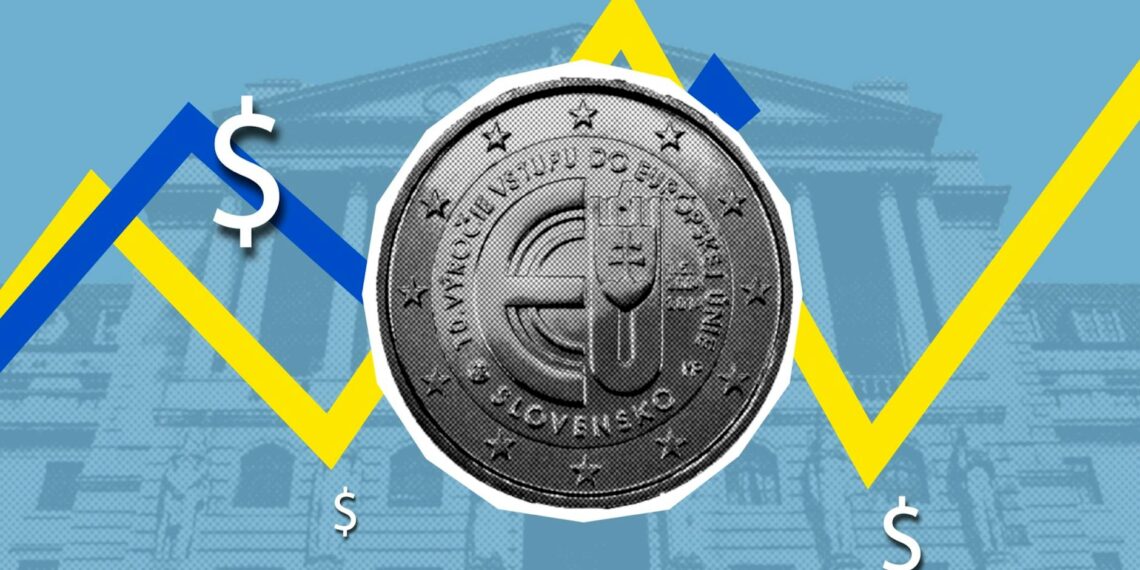The value of a one-dollar coin can vary significantly depending on several factors, including its type, date, mint mark, and condition.
- Modern Dollar Coins (Sacagawea, Presidential, American Innovation):
– Generally worth face value ($1): The vast majority of these coins are very common and are worth their face value, especially if they have been in circulation.
– Uncirculated and proof versions: Collector versions in high grades can command premiums of $4-12. Proof Presidential dollars, for example, can be worth $1.90 – $2,000.00 depending on the specific year and condition.
– Error coins: Rare error coins from these series, particularly those with unique minting mistakes, can be significantly more valuable, sometimes reaching into the thousands or even tens of thousands of dollars.
– Cheerios Sacagawea dollars: A specific rare error coin, the 2000-P Cheerios Sacagawea dollar (found in boxes of Cheerios as part of a promotion), can be worth thousands of dollars, depending on condition.
– Other rare errors: Other Sacagawea dollar errors, such as those struck on Susan B. Anthony dollar planchets or with a state quarter obverse, can also be highly valuable. The “Muled” Sacagawea Dollar (Sacagawea obverse/quarter reverse) is considered the most valuable Sacagawea error, with one example selling for $102,000.
- Susan B. Anthony Dollars:
– Generally worth face value ($1): Most Susan B. Anthony dollars are common and hold face value in circulated condition.
– Uncirculated and Proof versions: Uncirculated and proof versions, particularly those with low mintage or errors, can be more valuable.
– Wide Rim (Near Date) variety: The 1979-P Wide Rim Susan B. Anthony dollar is considered a scarcer variety and can have a value range of $20.25 – $1,900 in uncirculated condition.
– Error coins: Certain rare error variations, like the 1979 Rare D Susan B. Anthony dollar with a double-die obverse, have been valued at $650.
- Eisenhower Dollars:
– Circulated: Circulated Eisenhower dollars are typically worth between $1.05 and $1.50.
– Uncirculated and Proof versions: Uncirculated and proof versions can be worth more, depending on the specific date and condition. A 1976 Type 2 silver dollar in uncirculated condition can sell for as much as $7500.
– Silver Ikes: Special Eisenhower issues containing silver are more valuable than copper-nickel clad versions. For instance, 1971-S Silver Eisenhower dollars can fetch $7.00 – $14.00, depending on condition.
- Silver Dollars (pre-1935):
– Significant Premiums: Silver dollars from 1935 and earlier are considered more valuable, even in average condition, due to their silver content and numismatic value.
– Silver content: These coins contain 26.73 grams of 90% silver, which translates to 0.773 troy ounces of pure silver. With silver at $25/ounce, the melt value alone is approximately $19.33.
– Numismatic premiums: Common dates typically sell for $35-$45, while rare dates can be worth hundreds or thousands of dollars.
In conclusion, while most modern one-dollar coins in circulation are worth their face value, certain types, dates, mint marks, and error coins can be considerably more valuable to collectors. If you have a one-dollar coin and are curious about its potential value, consulting a reputable coin dealer or using online resources with detailed price guides can be helpful.









How to tell if a $1 coin is rare?
Good point! Examine the Coin’s Date
One of the easiest ways to tell if a coin is rare is to check the date. If the coin is from before 1800, it’s likely rare. Coins minted in the 19th century are also generally considered rare, with a few exceptions.